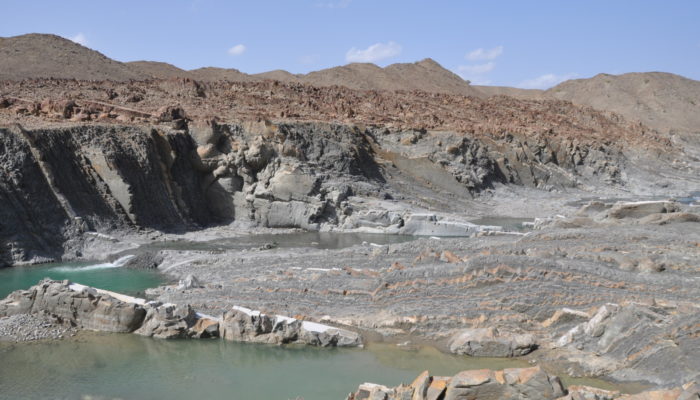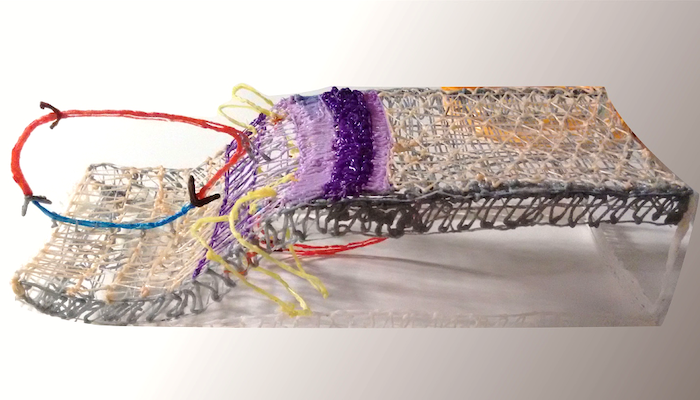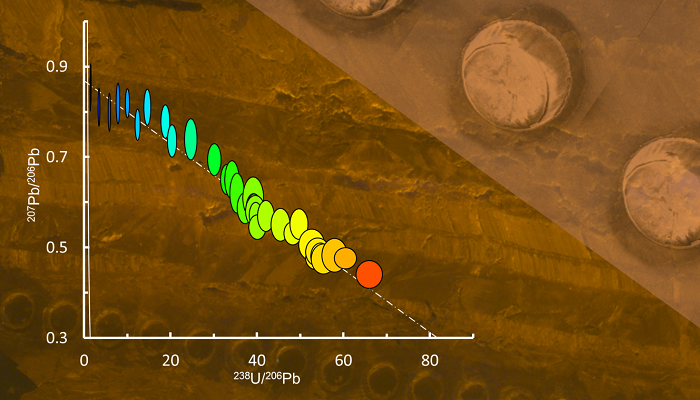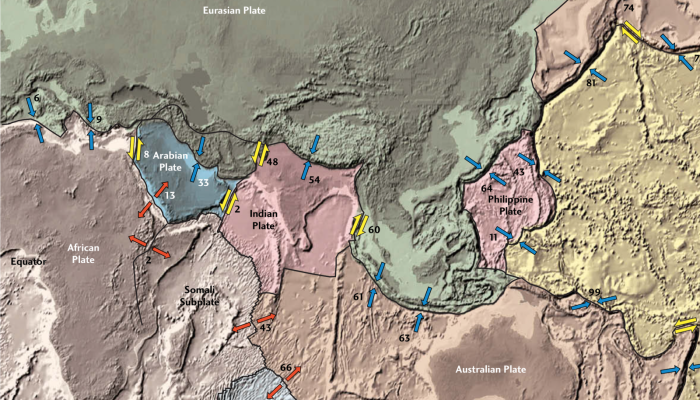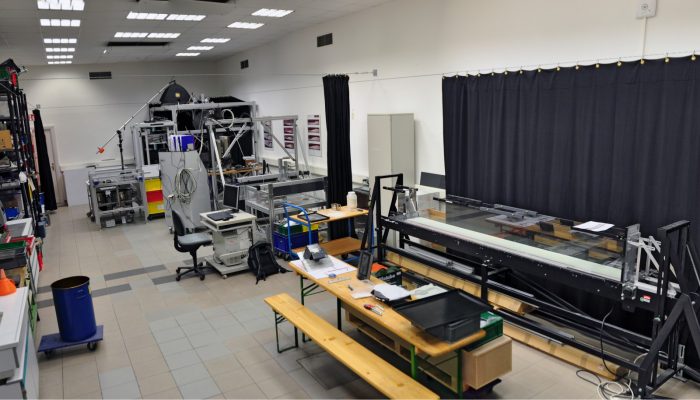How does an accretionary wedge form? For this edition of Minds over Methods, we have invited Jonas Ruh, lecturer in the Structural Geology and Tectonics group of the Geological Institute at the Department of Earth Sciences, ETH Zürich, to tell us about the Makran accretionary wedge, one of the largest on Earth. He explains how the use of field observations and numerical modelling helped him to bet ...[Read More]
The Makran accretionary wedge: an ideal natural laboratory to study accretionary processes.
